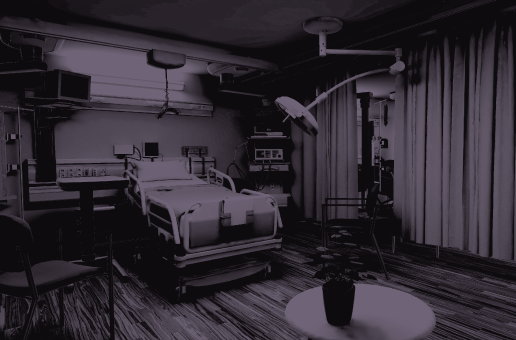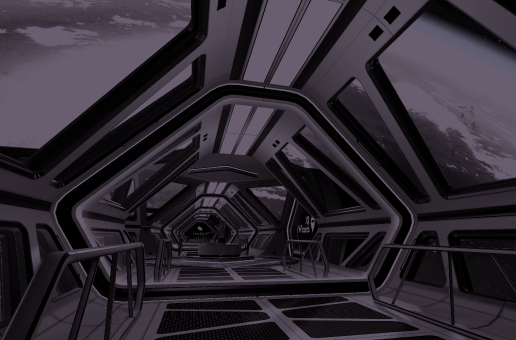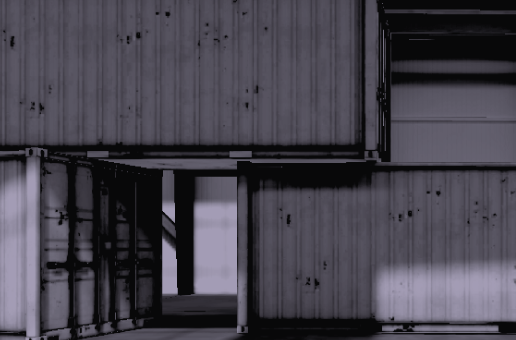Table of Contents:
Digital twins are software models of real-world items that are most commonly used in retail to test changes to a product before making costly, real-life adjustments. In this article, we delve into this topic further – read on if you wish to learn more about the use cases of digital twins in the retail industry.
What Is a Digital Twin?
A digital twin is a virtual representation, a digital model of a physical object. An object is first studied, mostly with the key functionalities in mind, and its behavior is measured. Then, the data is transferred and used to build a virtual model.
Virtual twins, unlike simulations, are complex. They can be studied and experimented with from different angles, as it is possible to test various scenarios and functionalities at once, whereas a simulation includes insights only into one particular process.
Despite the initial digital twin definition, they do not need to represent something purely physical. Instead, it is possible to create a digital twin of a particular process, a branch of a company, or a particular store.
Digital Twins in the Retail Industry
Digital twins can be utilized for two purposes in the retail industry. The first one includes improving processes and operational procedures of a store or chain, thus is business-related. The second one is aimed at enhancing the experience and satisfaction of the customers – it’s customer-oriented.
Unlock the future with Mazer: Your innovation partner.
Digital Twins for Improving Processes in Retail
Major retailers employ digital twins in the metaverse to improve the efficiency of their stores or even whole chains.
For instance, a popular use case of digital twins in retail includes making a model of a store with all the resources (stock, employees, shipment) included. Combining it with the systems used on a daily basis makes it possible for a store to manage and overview all the resources in real time. Additionally, it makes it possible to simulate and test various scenarios, like sales peaks, to find potential bottlenecks in the procedures in such situations and to find ways to improve them.
Testing is especially important in this case – it makes it possible to prepare for unpredicted peaks, being understaffed due to sick leaves, or even supply chain disruptions. This lets retail leaders avoid the negative consequences of such scenarios, as they are prepared in advance due to digital twins.
Another way in which retail businesses leverage digital twins is shelf auditing – making sure that the products are displayed in the most attractive possible way. In a physical store, it would require a lot of manual labor and would cost a lot of money in the form of lost revenue when the display is not optimum. But, with digital twins, it’s possible to test various solutions quickly and without revenue loss.
Digital Twins in Customer-Oriented Retail
Having analyzed the use cases of digital twins in retail optimization, we may now proceed to discuss the ways in which it can be utilized to enhance customer experience.
The first example is virtual fitting rooms. In them, customers may try on digital twins of the clothes offered in brick-and-mortar stores without the need to leave home. It’s a quick and effective way to acquaint customers with the whole stock, which is impossible to achieve with any other means, as simple simulations would be insufficient.
It is also possible to enhance customer experience by building a whole virtual store. Letting customers navigate through hundreds of digital twins and monitoring their journey is a way to gather information on the layout of the store and possible fields that require improvement. In the end, this can be utilized to build a smooth, quick, and convenient customer journey.
The Takeaway
Digital twins are commonly used in retail to improve processes and boost customer experience. Created in the metaverse, they may represent a product or a whole store with all its equipment. The main benefit of using digital twins is that they enable easy, resource-efficient testing of new and improved solutions. Therefore, we advise you to leverage them to your advantage.
You may also read: Shopping In The Metaverse
What is a digital twin in the context of the retail industry?
In retail, a digital twin is a virtual representation or digital model of a physical object, process, or even an entire store. It involves studying key functionalities and behaviors, and the data collected is used to construct a detailed virtual model.
How can digital twins be applied to improve retail processes?
Digital twins are used to enhance the efficiency of retail operations. For instance, they help create models of stores with resources like stock, employees, and shipments, enabling real-time management.
What is a significant use case of digital twins in retail optimization?
Shelf auditing is a notable use case, where digital twins assist in testing various product display solutions quickly and without revenue loss. This ensures products are presented in the most attractive way without the need for extensive manual labor.
Unlock the future with Mazer: Your innovation partner.








